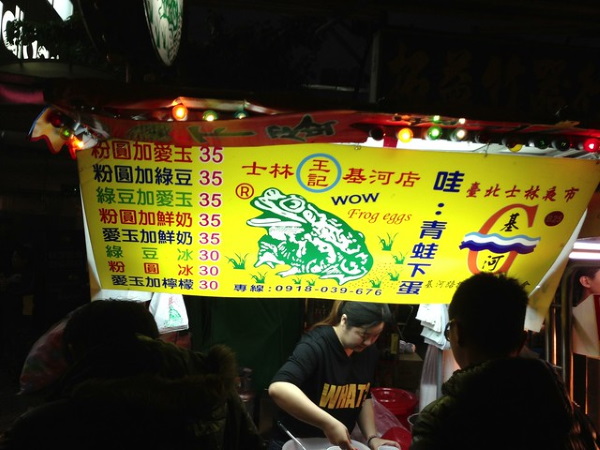Eggs of all kinds were part of the human diet long before hens, ducks and related fowl were domesticated. These 7 amazing edible non-chicken eggs push the calcified envelope far beyond the farmyard and the frying pan.
Crocodile Eggs
Crocodiles are reptiles and as such, are prolific egg-layers. If crocodile eggs aren’t a popular dish, chalk it up to the mother croc’s tenacity in guarding her nest. Crocodile farms are another thing altogether, however, and some of these mainly east-Asian facilities host crocodile egg eating contests safe from the prying eyes (and powerful jaws) of the livestock (or the local wildlife).
Snail Caviar
Caviar may rule the roost owing to its gastronomic cachet and astronomic price but the fishy canned comestible may about to receive a comeuppance courtesy of the ignoble snail. Known mainly for their leading role in escargot, snails are one of France’s signature dishes. Edible snail eggs are just as French thanks to Dominique Pierru and his snail caviar company. De Jaeger snail caviar is crafted via a complex production process that starts with the farm’s 180,000 snails and ends with pearly white gustatory gastropod goodness priced at around $60 for a 30g jar. We’d hate to say business is growing at a snail’s pace but oops, we just did.
Frog’s Eggs
Pepes Telur Kodok is a traditional Indonesian recipe that involves mixing frog’s eggs, larynxes and vocal sacs together inside a fresh banana leaf and grilling until cooked. Yum? If you’re not actually that brave BUT you’d like to LOOK the part, be sure and visit a Taiwanese night market and hit up this “Frog Eggs ” drink stand.
It might not be made with actual frog’s eggs but hey – you’ve got a snappy photo and a souvenir cup to take home!
Ant Eggs
Ant eggs are bigger than one might imagine and they’re tastier as well, reportedly being “soft and juicy with a slightly sour lemony taste.” That’s for raw Red Ant Eggs, known as Kai Mot Daeng in Thai for those browsing either the local market or a restaurant menu. Red Ant eggs are a very versatile and nutritious food whether eaten on their own or as an ingredient in recipes. The latter include Yam Kai Mot Daeng (a salad), Kaeng Kai Mot Daeng (a soup), Kai Jiow Kai Mot (an omelet), and Kai Mot Daeng Op, (lightly salted ant eggs wrapped in banana leaves and roasted). Ant eggs are anything but a Thai culinary secret, mind you. Western hemisphere residents might consider Escamole, an exotic Mexican dish made from the deep-fried larvae and eggs of the black Liometopum ant.
